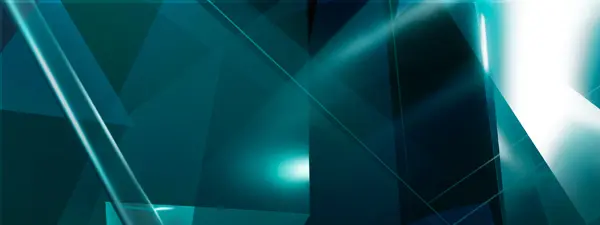Technology and Creative Design
We live in an age of remarkable technological advances. The microchip keeps getting smaller and more powerful.
Flat-screen TVs keep getting sharper and less expensive. Smartphones keep getting smarter. Videogames have become so realistic that perhaps we should consider their artistic merit. And it won't be long before hybrid cars give way to electric vehicles.
What does this mean for creative design? Should you constantly be on the lookout for the best and brightest technology to make an impact? There are just as many people who say yes to that question as those who say no. I’ll give you my thoughts about it below.
The Intersection of Design and Technology
In design, technology has become so pervasive that it sometimes overshadows other important considerations. If you want to be a graphic designer today, you better feel comfortable in front of the computer.
Your basic toolset should include Adobe Creative Suite. And if you're wise, you should buy a Mac, because people who use PCs aren't really creative types. People will tell you that you can’t hack it if you don’t have these things and whatever new trends bring to the market. But is that actually true?
If being a successful graphic designer means owning the latest copy of Photoshop with Snow Leopard, then I think we've overlooked what it truly takes to achieve great design. It isn’t about technology. Technology is a tool, yes. But it isn’t the sole defining feature that makes a designer excellent at their job.
It's easy to be seduced into believing that the latest gadgets and software inherently lead to better creativity, but I have found that better creativity requires something more than powerful engineering. Technology can help but it isn’t everything. I think more of us could do to remember that.
With all due respect to Apple and the wonderful computers and gadgets they create, I don't believe that you need the latest and greatest technology to create a masterful logo, a brilliant ad, clever copy, or a head-turning brochure. What does it take?
Good creativity is the product of trained minds. Computers are wonderful tools, but they won't automatically make anyone a better designer, or for that matter a better engineer. That takes talent, practice, and hard work. It requires you to dig deep, think hard, and put in the effort to create something of beauty.
Design Through the Ages
In Mad Men, we get a glimpse of what it may have been like to work in a top Madison Avenue Ad Agency during the early 1960s. They have phones. They have typewriters. The art department sketches out concepts by hand. They smoke a lot of cigarettes and drink a lot of Scotch. And they wear great suits.
Fifty years later, the essential creative process really hasn't changed that much. Our culture has changed, and so has advertising. But the difficult process of delivering a winning concept to a client hasn't changed all that much.
The tools change but the process largely does not. Technology might make it easier to create something but the process to get to that point can still be just as challenging as it was in the decades long past. You still need to grab hold of that creativity and turn it into something great that people want to be a part of.
Macs and fancy software make part of the process easier in terms of not needing to take things down by hand with a pencil but the work that comes from your brain is still going to need time and effort to cultivate.
The Challenge of Great Design
The hardest part of what we do is this process of concept creation. I've written about the agency download, the process whereby we absorb all there is to know about our client's business. Not only do we need to understand the client's business; but we also need to understand the culture in which we live.
The job of the creative team, then, is to sift through that mountain of information and produce a design solution that's relevant, appropriate, and inspired. And it doesn't seem to get any easier with time. Technology doesn’t make that lightning-fast or simple.
I haven't a clue how that process works. I don't know how the mind's supercomputer filters, combines, refines, compresses, and translates facts and figures into a visual result. What I do know is that it takes practice and hard work.
My colleagues in this profession have formidable talent, and for all I know they may be using formidable technology. But I also know that every graphic designer out there needs a great creative director, and every creative director a smart copywriter.
And if the computers break down, then maybe it would be a good idea to keep a typewriter and a sketchpad around just in case. You never know when the tools of the past can come in handy in the future. And sometimes that manual work lets you let loose and be even more creative.


